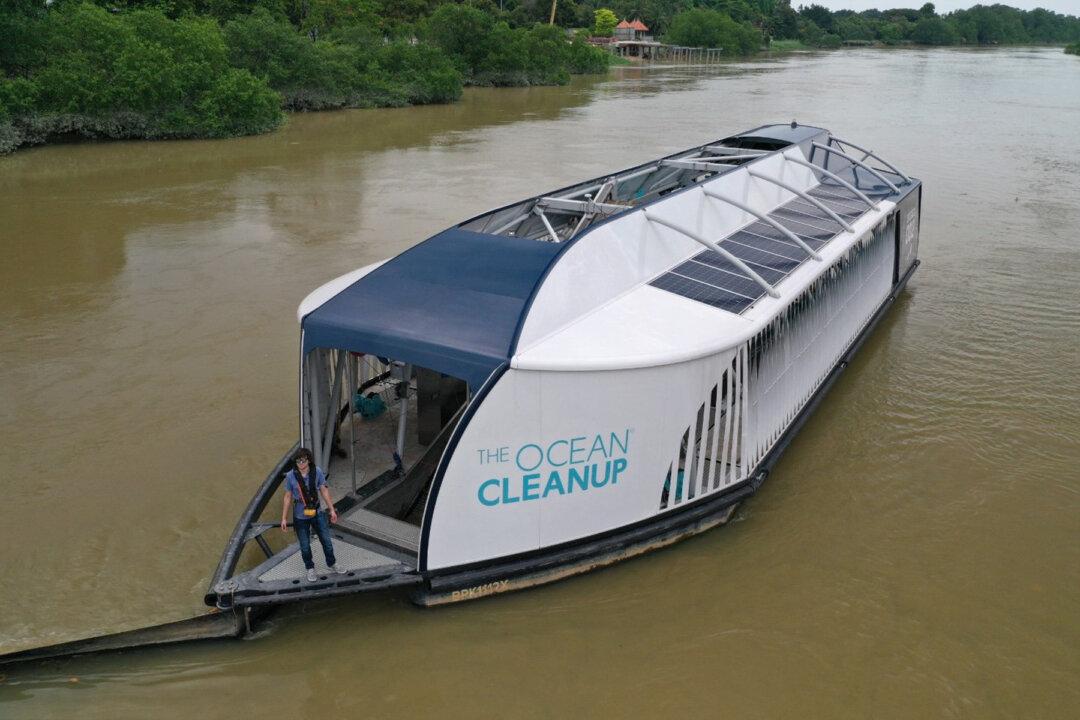When he was just 18 years old, Boyan Slat, a Dutch inventor, founded The Ocean Cleanup, a nonprofit with the purpose of developing advanced systems to rid the world’s oceans of plastic.
In recent times, the organization is aiming to successfully remove plastic from rivers before it reaches the ocean. By the end of 2025, it aims to clean up 1,000 of the globe’s most polluted rivers that happen to be responsible of 80 percent of the plastic that ends up in the oceans.





